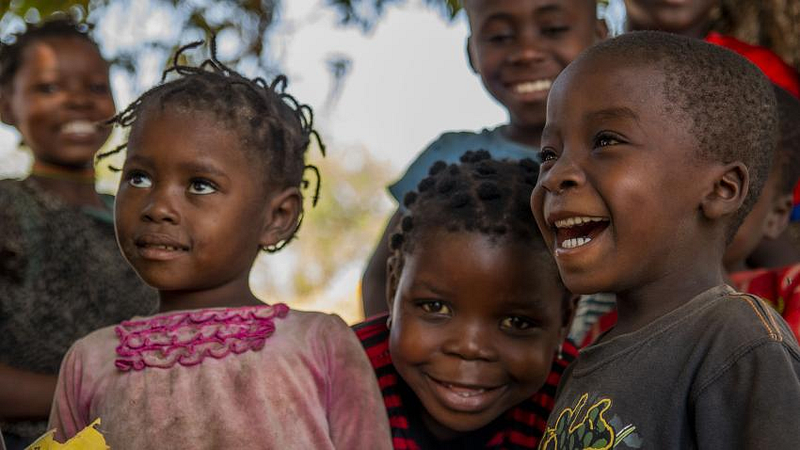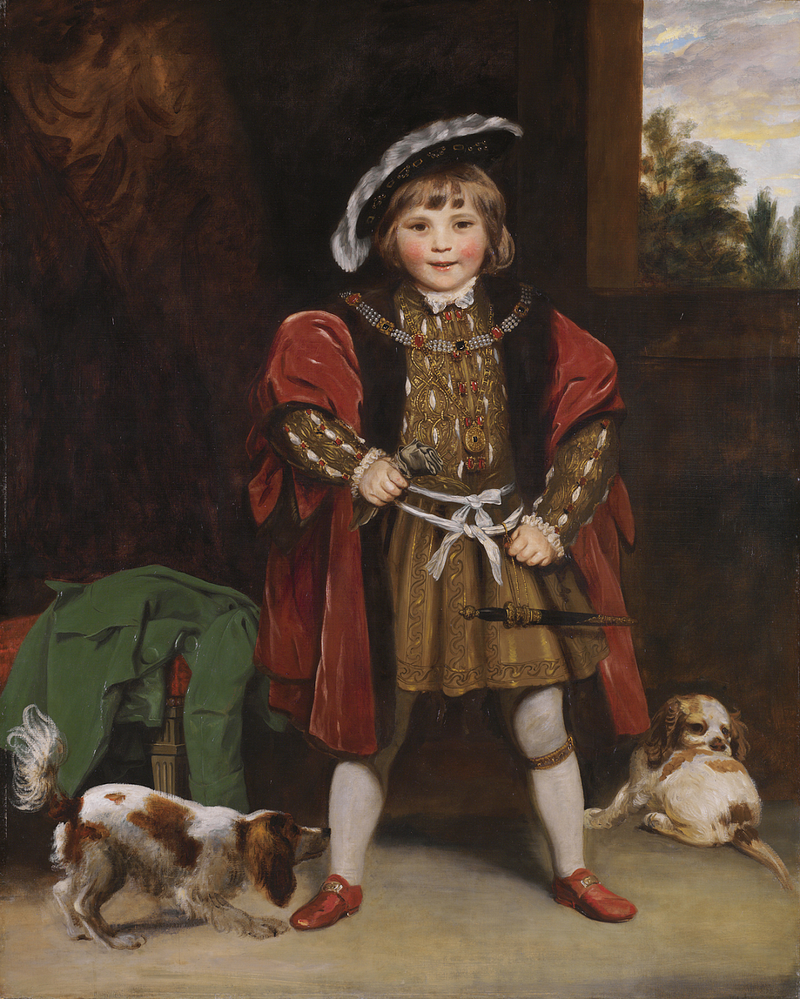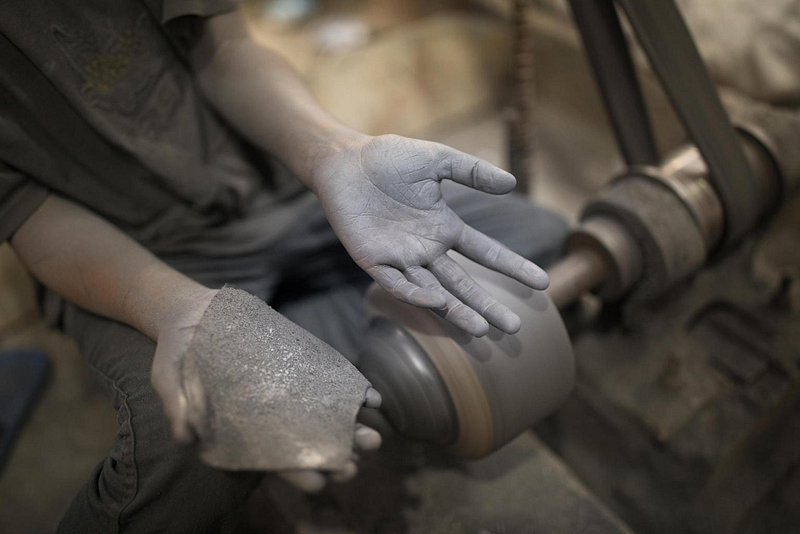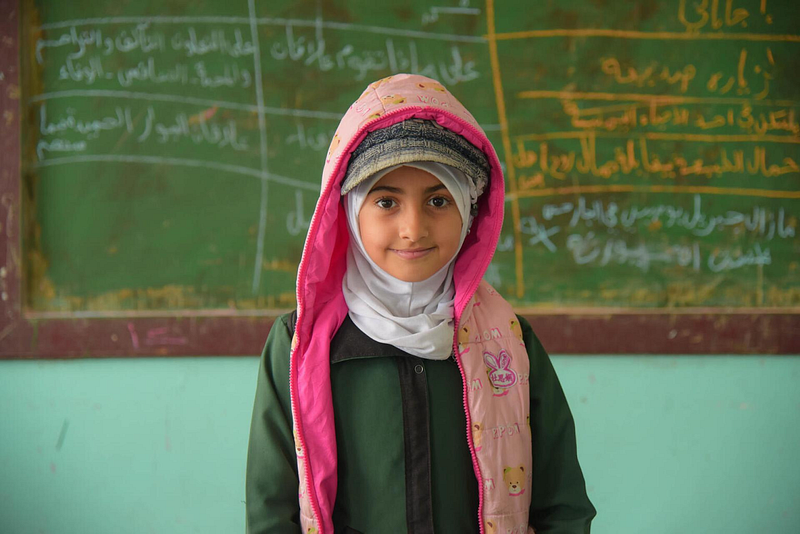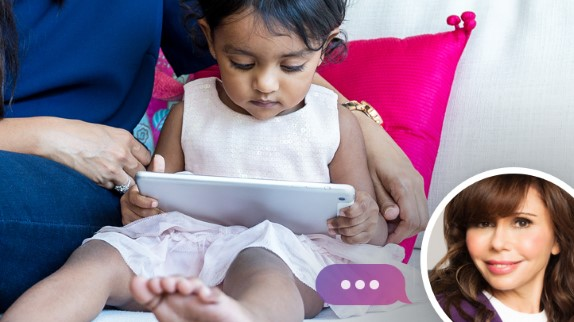‘Who is the Child?’— Is Childhood a Social Construct?
While contemporary media has crafted this clean, pristine image of the child as somebody needing protection from the external world, such…
While contemporary media has crafted this clean, pristine image of the child as somebody needing protection from the external world, such has not always been the case. Postulations that childhood is a social construct is a prevalent theme; one that sociologists seem to support as well. The child perceived 100 years ago is not the same one today; in matters of treatment, in matters of lifestyle. Who is the universal child then?
In the book ‘Constructing and Reconstructing Childhood’, James and Prout (1990,p.8) opinionated that:
« Childhood, as distinct from biological immaturity, is neither a natural nor a universal feature of human groups but appears as a specific structural and cultural component of many societies »
With it being stipulated that childhood is a social construct, would it inherently mean that children are passive receivers of socialisation? Do they not possess an innate characteristic that determines their identity?
Some would say the biological factor of children being naturally smaller and weaker could be a clear indication of what a child is. But in some countries, your size will not matter if you are simply seen as an asset to the economy; child labour for example.
Dictionary Definition
According to the Cambridge English dictionary,
‘ Childhood is defined as the state of being a child, often described contrarily to adulthood ‘
As for the Oxford dictionary, the meaning behind being a child is simply defined as being a young man below the age of puberty or below the legal age of majority. For example, in the UK, when a person turns 18, he becomes an adult in the eyes of law. However, this does not mean that every country follows the same set of rules.
The child as a separate entity
According to Jane Pilcher, a recent phenomenon when it comes to the identity of the child is the notion is separateness. What does that mean? It translates to the child having a persona dichotomous to the adult.
The child is also actually physically separated from the adult by going to different institutions: schools or playgrounds. This perspective is a highly Westernized one; recent and contemporary in its nature. When was it though, that the child was perceived as properly mingling with adults?
The Miniature Adult
According to historical accounts, during the medieval or even the Victorian era, there were no drastic differences in age. Children were actually deemed as ‘small adults’, as coined by Philippe Aries. They were expected to engage in the same chores and help around the house. One factor that led Aries to such a belief was the portrayals of children back during the 10th century to the 13th century. They were clad in the same wear as adults.
Moreover, in ‘Centuries of Childhood’, he argues that most people living in the 18th century were not much aware of their ages, nor were they very much interested to know so. Ergo, chronological age did not determine treatment per se. The high mortality rate back then was also one of the reasons people were not as attached to their offspring as they are now. Furthermore, sexual innocence now about the child is a more modern notion, compared to ages ago. In the centuries back then, it was common to include children in sexual jokes. As Aries cites the diary of the French Royal physician who took care of the young Louis X111, he stipulates that there was a general lack of reserve when it came to sexual matters in front of the miniature adults.
Child Labour
While in some societies, the Child Act solidifies the protection of the child, in other places, the child is viewed as an economic asset; whose contribution to the economy does not vary much from the adult. For example, in some developing countries, children are used as cheap labour, if not free labour. A clear exploitation is established and this blurs out the idea of childhood as a distinct, special phase in someone’s life. By extrapolation, their childhood is robbed right under their noses. Samantha Punch(2001) during her study of childhood in Bolivia, witnessed how Bolivian children were expected to engage in work duties by the ripe age of 5.
Gender Effects on Childhood
While childhood is highly dependent on the time and place, gender also determines how a child is treated. This is supported by Mayer Hillman’s explanation of how boys inherit the freedom factor of being able to do anything and go anywhere, and being able to engage in risk-taking physical activities like cycling as compared to girls. Jenny Garber on the other hand coins the terminology ‘bedroom culture’ when it comes to girls, saying how girls were expected to stay indoors and engage in more ‘feminine’ tasks.
Child-centred Society
As we edge towards modernity, babies have started to acquire a particular identity that has a purpose, to elevate their worth and shed light on their social recognition. Hugh Cunningham explains how now, the child should be safe from abuse, have the right to play outside and be happy. They are entitled to go to school to receive an education and separate from the World of adults. The macrocosm of school settings shapes their identity as a separate entity. In that sense, they are banned from work. The Children Act (2004) for example, is a legal tool to promise a life of comfort for the child. A Marxist point of view would support the idea of the child being separated from the adult with how capitalism has generated children-wear now. It can be seen as a way of profit-making. Adults do not share the same fashion as toddlers.
The Disappearance of Childhood
However, ironically, as much as the contemporary world strives to protect the well-being of the child, technological changes stand in the way. Neil Postman theorises that the advent of technology has had some relatively negative impacts on childhood. Since the media is mainly targeted towards adults, its content is seldom meant for innocent eyes. Postman calls the effect of the propagation of technology the ‘Frankenstein Syndrome’ since
« once the machine is built, we discover-sometimes to our horror, usually to our discomfort, always to our surprise-that it has ideas of its own »
Technology and media catalyses the turning point of new ideologies, new beliefs and new ideas. Long ago, literacy was the determining factor of approaching adulthood. The older a person got, the more literate he would become. However, literacy is almost like a plague now. Once you are accustomed to the media, you automatically adapt to its ways and your brain develops. The notion of a child being clueless erodes. Moreover, does the tv not reflect bloody images of war and violence every now and then? And how many parents actually monitor what their children are watching? Exposure to such adult-related content erases the lines that distinguish childhood from adulthood. The child starts to get accustomed to images of sexual nature, pornography, lust, greed, ‘murder’ and ‘mayhem’. With that being said, a great amount of censorship might be the solution.
[Written By: Kawthar. Edited By: Ruby]


